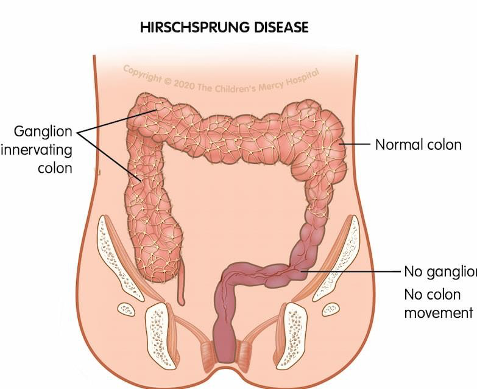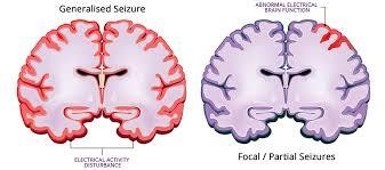What is a sign of increased intracranial pressure (ICP) in a 10-year-old child?
Tachypnoea
Bulging fontanel
Headache
Increase in head circumference
The Correct Answer is C
A sign of increased intracranial pressure (ICP) in a 10-year-old child is a headache. Headache is a common symptom associated with increased pressure within the cranial cavity. It can be a result of various conditions that cause elevated intracranial pressure, such as brain tumours, intracranial haemorrhage, hydrocephalus, or brain trauma. The headache may be described as persistent, worsening, or accompanied by other symptoms such as nausea, vomiting, or changes in neurological status.
tachypnoea (rapid breathing), in (option A) is incorrect because it is not a specific sign of increased intracranial pressure. It can be seen in various conditions, including respiratory and cardiovascular disorders, anxiety, or physical exertion.
bulging fontanel in (option B) is incorrect because it, is more commonly observed in infants and is not typically seen in older children. The fontanelles (soft spots) on an infant's skull normally close by the age of 18-24 months.
an increase in head circumference in (option D) is incorrect because it, may be a sign of increased intracranial pressure in infants. However, in a 10-year-old child, the fontanelles are typically closed, and head circumference growth is not a reliable indicator of increased intracranial pressure
Nursing Test Bank
Naxlex Comprehensive Predictor Exams
Related Questions
Correct Answer is A
Explanation
The assessment finding that the nurse should expect in an infant with Hirschsprung disease is option A, constipation with the passage of foul-smelling, ribbon-like stools. Hirschsprung disease is a congenital condition characterized by the absence of ganglion cells in the distal part of the colon, leading to functional obstruction. The affected segment of the colon lacks the normal peristaltic movements, resulting in an accumulation of faecal matter. The stools passed by infants with Hirschsprung disease are often constipated, and the narrow, ribbon- like appearance is a result of the narrowed segment of the colon.
diarrhea (option B) is incorrect because it, is not typically associated with Hirschsprung disease. Instead, the condition presents with constipation due to the obstructed bowel.
foul-smelling, fatty stools in (option C) is incorrect because it, is not characteristic of Hirschsprung disease. This finding may be associated with malabsorption disorders such as cystic fibrosis or celiac disease, but not specifically with Hirschsprung disease.
"currant jelly" stools in (option D) is incorrect because it, is a term commonly used to describe the stools seen in intussusception, which is a different condition involving the telescoping of one segment of the bowel into another. It is not an expected finding in Hirschsprung disease.

Correct Answer is B
Explanation
Thebehaviourdescribed,wherethechildappearstobestaringinto space,is characteristicof
B.Absenceseizures.
Absence seizures, also known as petit mal seizures, are a type of generalized seizure thatprimarily affects children. These seizures are brief and usually last for a few seconds. Duringan absence seizure, the child may appear to be staring blankly into space, unaware of theirsurroundings.Theymaynot respond to stimuli orengagein anypurposefulactivity.After theseizure ends, the child typically resumes their previous activity without any memory of theseizure.
Atonic seizures in (option A) is incorrect because it involves a sudden loss of muscle tone,leadingtoalimp or "drop"in theperson.
Simple partial seizures in (option C) are focal seizures that affect a specific region of thebrain,causinglocalizedsymptoms suchas twitchingor tinglinginaparticularbodypart.
Tonic-clonic seizures in (option D) also known as grand mal seizures, is incorrect because itinvolves a combination of muscle rigidity (tonic phase) and jerking movements (clonicphase).
Therefore, based on the description provided, the behaviour of staring into space ischaracteristic of B. Absence seizures. It is important for the child to be evaluated by ahealthcare professional for an accurate diagnosis and appropriate management of theirseizures.

Whether you are a student looking to ace your exams or a practicing nurse seeking to enhance your expertise , our nursing education contents will empower you with the confidence and competence to make a difference in the lives of patients and become a respected leader in the healthcare field.
Visit Naxlex, invest in your future and unlock endless possibilities with our unparalleled nursing education contents today
Report Wrong Answer on the Current Question
Do you disagree with the answer? If yes, what is your expected answer? Explain.
Kindly be descriptive with the issue you are facing.
